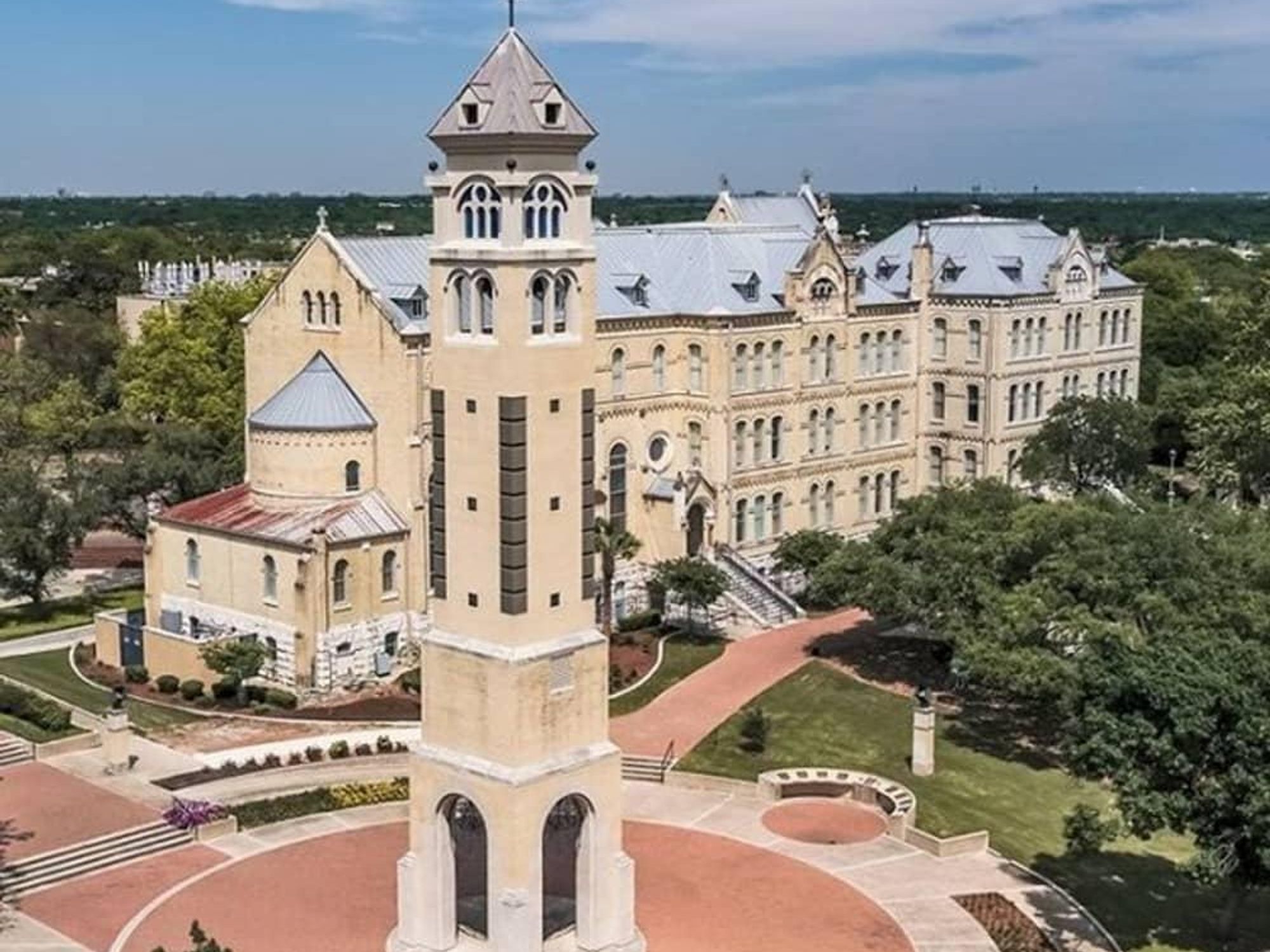Innovation inspiration
San Antonio university receives $1 million to foster Latino students in STEM

Private liberal arts institution St. Mary’s University is aiming to bridge the digital divide for Latino students with its newest grant from the National Science Foundation.
San Antonio’s oldest Catholic university has been awarded nearly $1 million from the foundation with the goal of increasing the number of Latino students who obtain bachelor’s degrees in fields associated with STEM, or science, technology, engineering, and math.
The $999,152 grant is part of the Improving Undergraduate STEM Education: Hispanic-Serving Institutions Program, and the funding will assist students entering St. Mary’s as first-time freshmen as well as those who transfer to St. Mary’s from Northwest Vista College on the Far West Side.
The funding is surely considered a godsend for the school, which notes that research shows Latino students are underrepresented in the STEM workforce, a situation worsened by a dearth of Latino students earning four-year degrees in these majors.
In fact, according to a Pew Research Center report published in April, only 8 percent of all STEM workers are Latino, which St. Mary’s says contributes to a restricted range of occupations available to these students, circumstances that can also reduce their social mobility.
“The gap in STEM workforce representation is especially large for Hispanic adults. Hispanic workers make up 17 percent of total employment across all occupations, but just 8 percent of all STEM workers,” the Pew Research Center reports. “Black and Hispanic adults are underrepresented among STEM college graduates compared with their share in the population, and a smaller share are earning degrees in a STEM field than in other degree programs.”
The St. Mary’s grant will help fund a project called FUERTE, or Fostering Undergraduate Education, Retention, and Transfer Environments, and aims to meet several goals, including:
- Supporting the transfer of students from a two-year to a four-year institution by creating a seamless transfer pathway.
- Creating culturally responsive classroom environments and a system of student-support services.
- Facilitating student progression through STEM majors.
- Building competency in STEM.
“The main goal is to understand what really drives Latino students to complete a major in STEM — Is it because they get a research experience, because they get internships, because they have a culturally responsive campus where they can see themselves doing STEM in the future, because good course transferability exists between institutions? — to understand what helps with the persistence of Latino students,” says associate professor of mechanical engineering Juan Ocampo, principal investigator for the grant.
He says during the next three years, the program will reach 80 students studying physics, chemistry, biology, computer science, or engineering.
As part of the FUERTE project, associate professor of psychology Rick Sperling, the co-principal investigator of the grant, will gather data from students, and learn what might change after they’re exposed to, for instance, culturally responsive classroom environments or participate in summer internships or gain research experience. The investigators will also measure student retention and graduation rates.
Additionally, Sperling is hoping to create a “culture of evaluation,” across the different schools within St. Mary’s that delves into what is happening with students beyond the standard GPA, retention, and graduation data “to look at it ecologically for the campus to see how the institution is affected by bringing in grants of this magnitude.”
“At the end, we want to see our students succeed,” Ocampo says. “We want to see what we need to change or what we need to keep in order to see Latino students succeed in STEM.”

 Valerio Lombardozzi is opening Bottega Salaria in the former home of La Bergerie. Photo courtesy of Bottega Salaria
Valerio Lombardozzi is opening Bottega Salaria in the former home of La Bergerie. Photo courtesy of Bottega Salaria